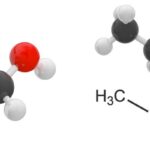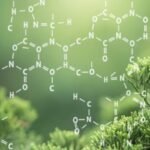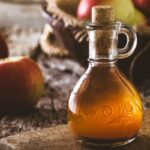We explain what yeast is, alcoholic and lactic fermentation. Also, its various uses and the types of yeast that are traded.
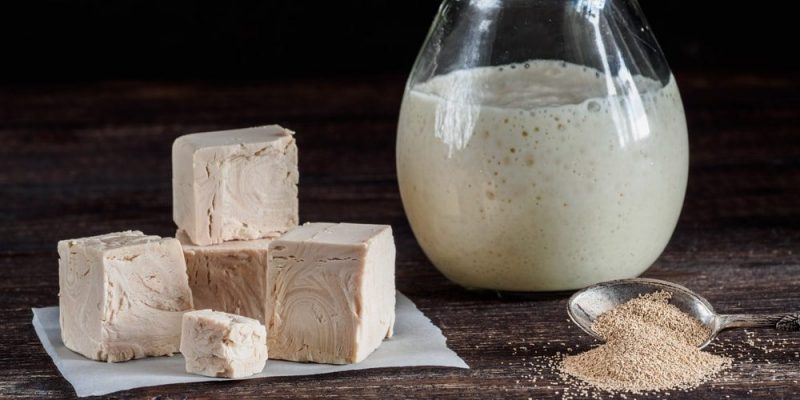
What is yeast?
Yeast or ferment is called a diverse set of mushrooms generally microscopic and unicellular, capable of initiating the decomposition processes (fermentation) of different organic substances, particularly sugars and carbohydrates, and obtaining other specific substances (such as alcohols) as a by-product.
Yeasts are of various types, exist in various habitats, and reproduce both sexually (through spores) and asexually (by budding or sprouting). In a nutritionally favorable environment, a new litter of them is produced in just 90 minutes, since are simple and effective organisms.
Fermentation is the process that this type of fungi carries out to obtain energy and, generally, it can be of two different types, according to the by-product obtained:
- Alcoholic fermentation It is an anaerobic decomposition process (in the absence of oxygen (O2)), which converts carbohydrate carbohydrates (glucose, sucrose, fructose) into alcohol (ethanol (CH3CH2OH)), along with carbon dioxide (CO2), two molecules of ATP (adenosine triphosphate) and NAD (nicotinamide dinucleotide), according to the following chemical equation:

- Lactic fermentation. This type of fermentation is carried out by some organisms (protozoa) and animal tissues, also in the absence of oxygen (sometimes as a process to obtain emergency energy in muscle tissue). Lactic fermentation occurs through the breakdown of glucose (glycolysis) and the reduction of pyruvate (C3h4EITHER3), thus obtaining a lower amount of energy and producing lactate (C3h6EITHER3), as a waste substance. Everything is given by the following chemical formulas:

See also: Microbes
What is yeast used for?
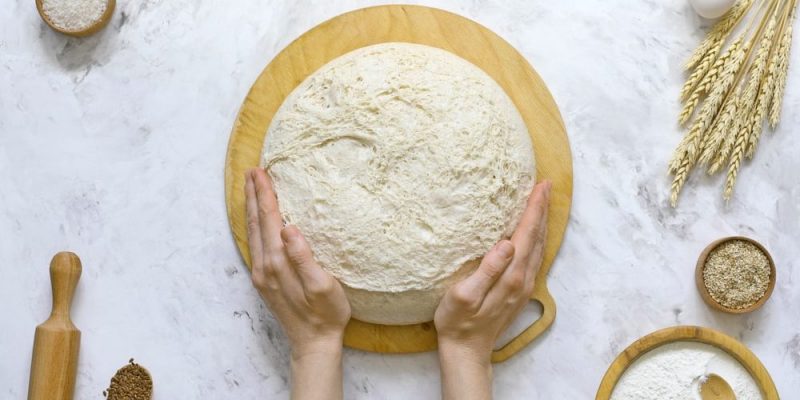
The yeast It is widely used by humans in various industrial and biotechnological processes. For example, in the making of bread, in the preparation of alcoholic beverages such as beer and wine, or in the production of birch sugar.
Many types of yeast naturally secrete antibiotics to combat their microscopic enemies, which is why they are used to obtain these substances for medical and pharmaceutical purposes.
As if that were not enough, the biological simplicity of yeasts makes them ideal for experimentation in the genetic and protein field since they are cheap, easy to reproduce and simple in their cellular operation.
Types of yeast
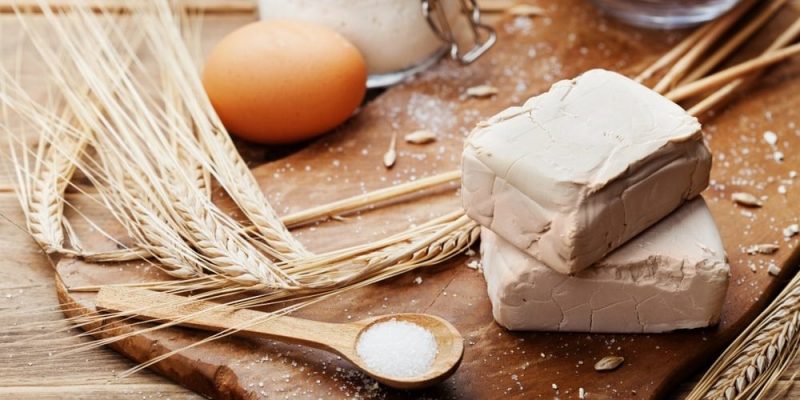
Commercially, four types of yeast are used (especially for bakery work), which are:
- Pressed yeast. It is also known as fresh yeast, since it must be kept cold and is pressed into blocks of dough. It must be diluted in water before use, and is usually composed of bacteria of the type Saccharomyces cerevisiae.
- Dry yeast Similar to pressed, but in vacuum-sealed, dehydrated and granulated (powder) presentations, they can be added directly to the bread dough. In addition, it usually has longer expiration times.
- Natural yeast Called “sourdough”, it must be left to rest in a piece of bread dough, before using it in the entire preparation.
- Chemical yeast Using chemical substances such as baking soda and baking powder, the same effect is achieved as with biological yeasts, using an artificial emulsifier that is usually incorporated into some self-rising flours. It is not really a yeast, therefore.



